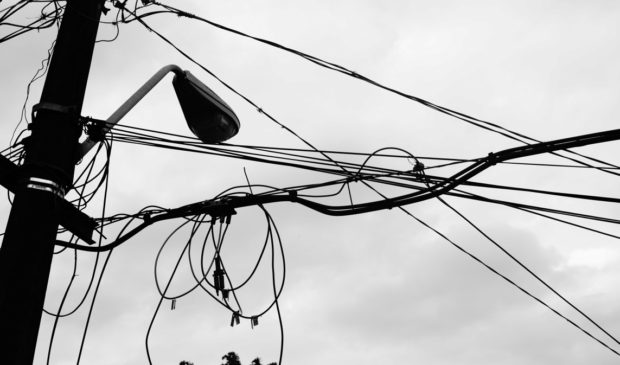Austin Energy finishes the year with $50.5M in excess revenue, lower bills for customers
Tuesday, December 4, 2018 by
Jessi Devenyns After weathering an erratic Electric Reliability Council of Texas market this summer, Austin Energy finished the year in a financially stable position with extra revenue that will be passed on to the public in the coming year.
According to Mark Dombroski, chief financial officer at Austin Energy, who addressed the Electric Utility Commission at its Nov. 19 meeting, the expected revenues can be attributed to an increase in the cost of energy from the ERCOT market as well as a larger-than-anticipated consumption of energy in the summer months. Forty percent of the utility’s sales occurred from June to September.
Operating expenses were 2.7 percent, or $27.2 million, over budget, yet still “we significantly reduced our debt services income and financing,” said Dombroski. There was a 32 percent reduction in debt service for the utility.
This excess in revenue is good news for Austin customers. Due to the Power Supply Adjustment policy that Austin Energy applies to bills, the utility anticipates returning the excess collections to customers this year. (The Power Supply Adjustment allows for the utility to keep electricity prices lower overall and not be subjected to the erratic price changes of the grid.)
“One-hundred-and-eight million of that cash will be returned to the customers through PSA and regulatory charges,” said Dombroski.
He explained that Austin Energy will do so over a number of years in order to smooth out bills. According to him, if the over-collections were all returned within the next fiscal year, bills would “slam down” only to “slam up again” when the energy utility begins charging market rates in 2020.
While there was an overall increase in consumption in the last fiscal year, it is not because residents are suddenly using more power. In fact, Austin residents reduced their average consumption by 14 kilowatt hours from 2016 to 2017.
Instead, Austin Energy saw its customer base increase 2.7 percent in the last year from 472,000 customers in 2017 to 485,000 customers in 2018. “These results are pretty aggressive in the electric utility industry,” explained Dombroski. He noted that the increase in customers triggered a parallel 3.3 percent increase in consumption.
Even with that rapidly rising figure, 67 percent of Austin Energy’s consumption is from commercial customers.
The decrease in consumption has had an interesting effect on the city’s affordability metric. As it stands, the Texas average price per kilowatt hour is 11.02 cents and the average price per kilowatt hour in Austin is only slightly lower at 10.7 cents; New Braunfels charges 8.2 cents per kilowatt hour. However, Austin has the second-lowest average monthly bill in the state at $90.58. El Paso is the only city with lower bills on average.
“The data we’re looking at tell us that consumption drives bills a whole lot more than rates,” said Dombroski. The average monthly consumption for a Texas resident is 1,169 kilowatt hours, while an Austinite consumes 847 kilowatt hours per month, per 2017 data.
Understanding these metrics, noted Chair Cary Ferchill, is important when looking at Austin’s affordability. If anyone focused on rates per kilowatt hour rather than monthly bills, it would not provide an accurate picture. “(If) we’ve got a really low rate but a gigantic bill, that’s not going to make people happy,” he said. According to him, residents care only about how much they pay at the end of the month, not necessarily what Austin Energy is paying for the resources from the grid.
This year, rates changed on Nov. 1, so Austin Energy customers should see the results of slightly lower bills in the new year.
The Austin Monitor’s work is made possible by donations from the community. Though our reporting covers donors from time to time, we are careful to keep business and editorial efforts separate while maintaining transparency. A complete list of donors is available here, and our code of ethics is explained here.
You're a community leader
And we’re honored you look to us for serious, in-depth news. You know a strong community needs local and dedicated watchdog reporting. We’re here for you and that won’t change. Now will you take the powerful next step and support our nonprofit news organization?










